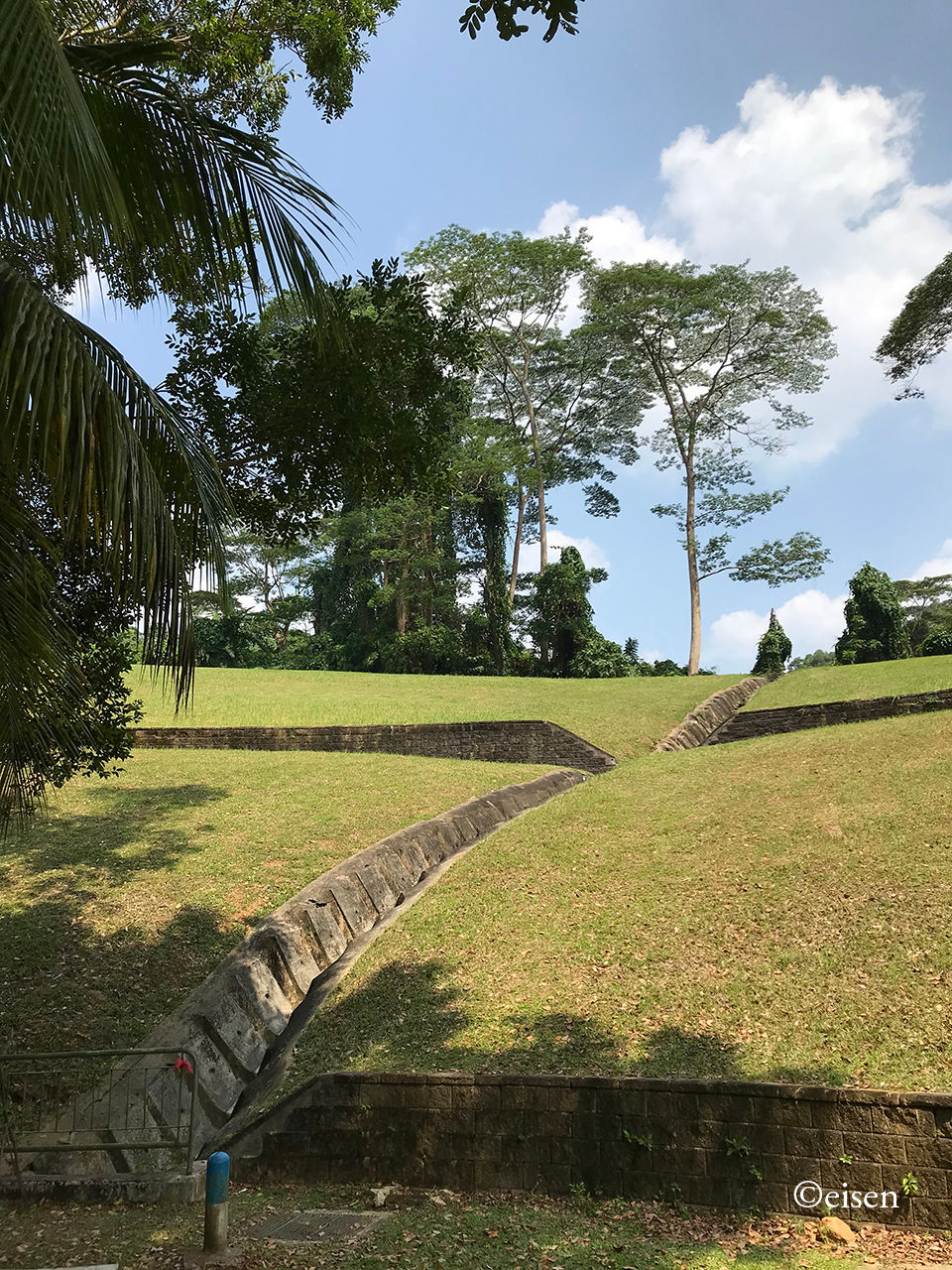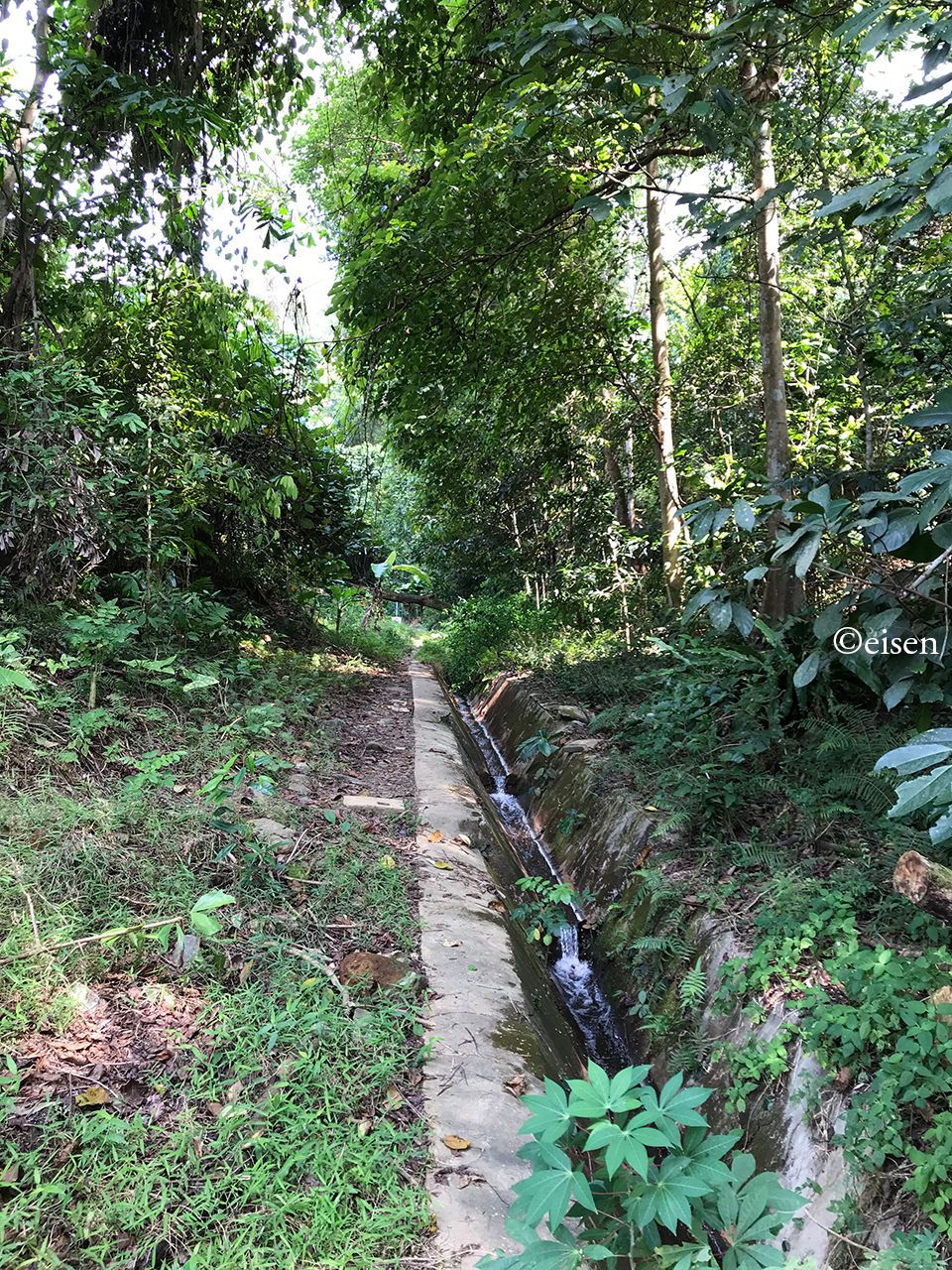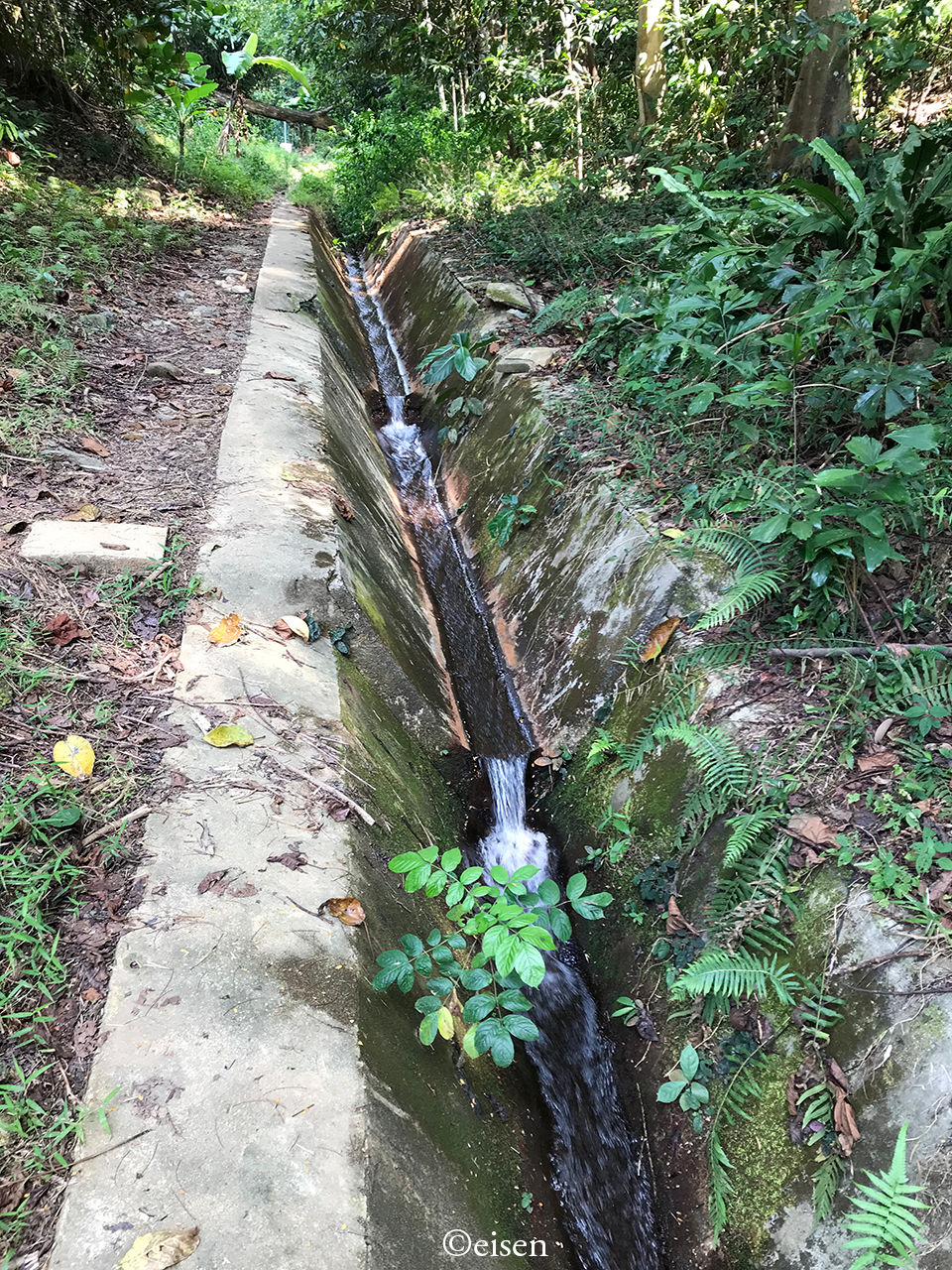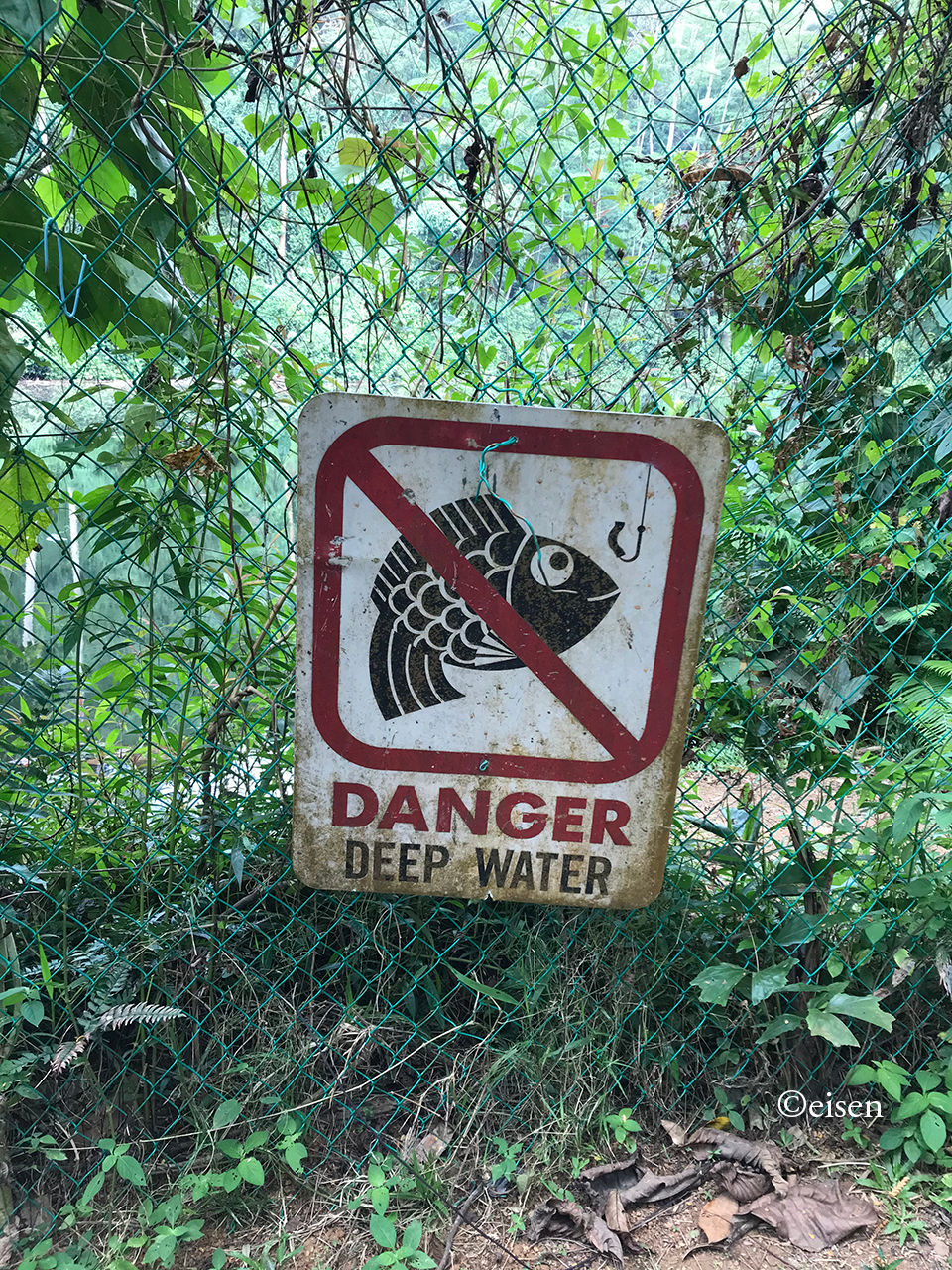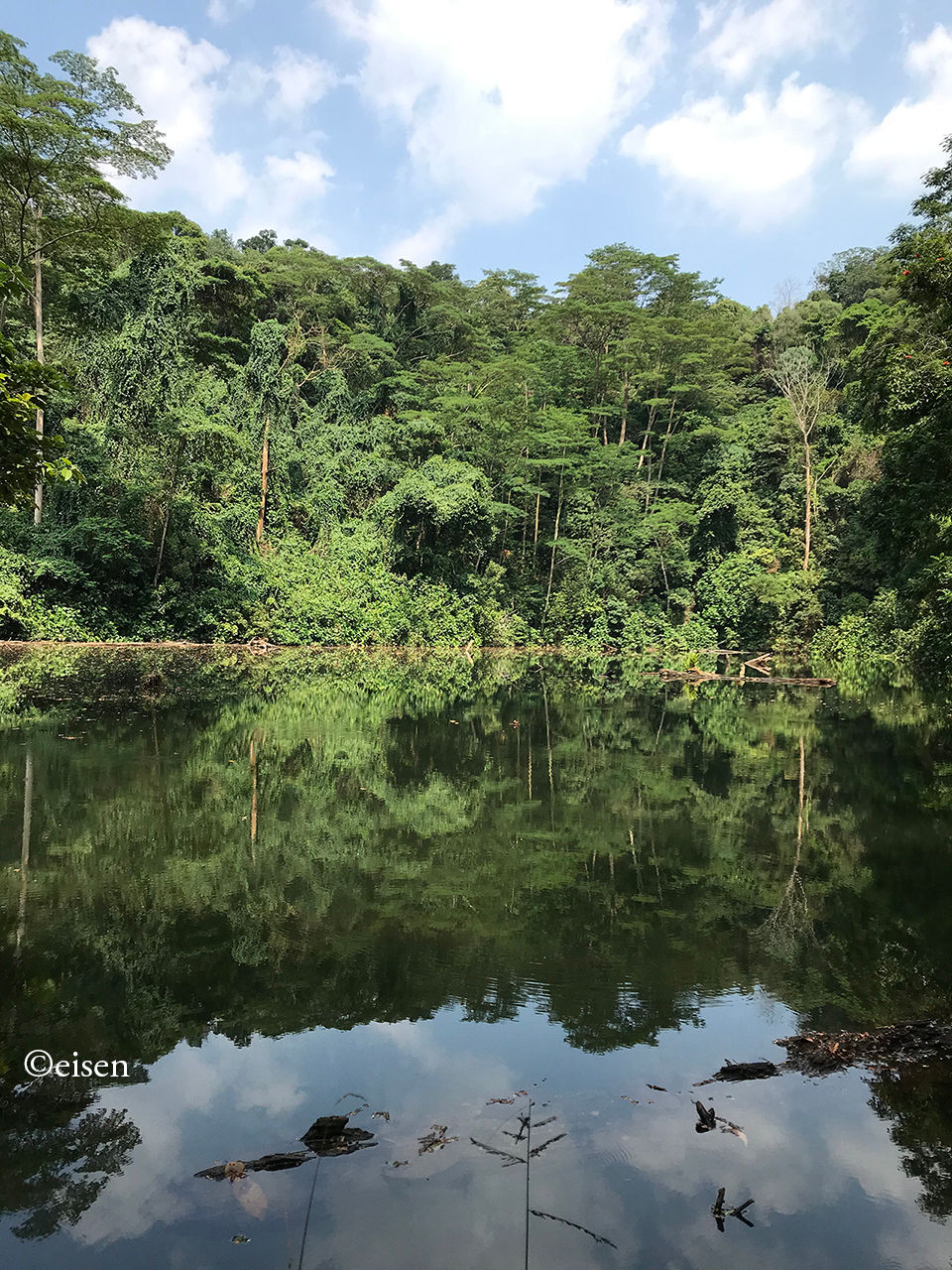- Apr 1, 2021
Today is our second wedding anniversary!
Of course, we ended up visiting the National Archives in the morning.

In my defence, I had a valid reason. I had applied to view National Archives documents for my ongoing research project, and some of them were for Restricted Access only. This meant I could only view them during office hours in the building off Hill Street. Since we were both on leave on a weekday, which was rare, we decided to head there and tick that off my to-do list!
It was my first visit to the National Archives since it reopened last year after extensive renovations. The interior is now newer, fresher, brighter - and its old rustic charm has vanished. Even the toilets with historic Save Water Campaign posters and old-school tiles have been completely overhauled. (They look like hotel toilets now.)


I should have taken photos of the interior before it closed for renovations.
Anyway, I had fun going through archival documents which probably haven’t been touched or viewed for years.




